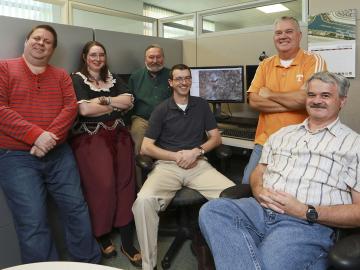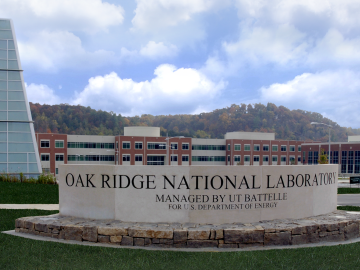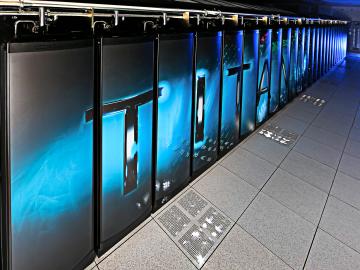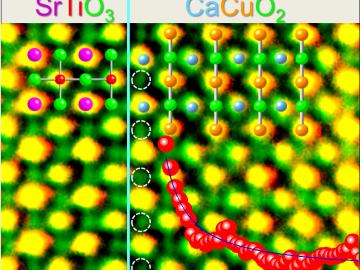Filter News
Area of Research
- (-) Materials (13)
- (-) Supercomputing (12)
- Biology and Soft Matter (1)
- Chemical and Engineering Materials (2)
- Chemistry and Physics at Interfaces (3)
- Clean Energy (14)
- Computational Chemistry (1)
- Energy Frontier Research Centers (3)
- Functional Materials for Energy (3)
- Fusion Energy (1)
- Geographic Information Science and Technology (1)
- Materials Synthesis from Atoms to Systems (3)
- Materials Under Extremes (3)
- Neutron Data Analysis and Visualization (2)
- Neutron Science (7)
- Nuclear Science and Technology (3)
- Quantum Condensed Matter (1)
News Type
Media Contacts

Bruce Lester has had a lot of jobs: fisherman, horse trainer, “professional stair builder.” He last worked for a real estate company, surveying land using geographic software. “When the bottom fell out of the construction industry and the company downsized, I got laid off,”


The Department of Energy’s Oak Ridge National Laboratory, FCA US LLC, and the foundry giant, Nemak of Mexico, are combining their strengths to create lightweight powertrain materials that will help the auto industry speed past the technological

Oak Ridge National Laboratory gave social media users an exclusive tour of its supercomputer Titan on Nov. 5. Using Periscope, a live video broadcasting service app, Bronson Messer, senior scientist at ORNL's Scientific Computing and Theoretical Physics Groups...



Quasiparticles—excitations that behave collectively like particles—are central to energy applications but can be difficult to detect. Recently, however, researchers have seen evidence of quasiparticles called negative trions forming and fading in a layer of semiconducting mate...







